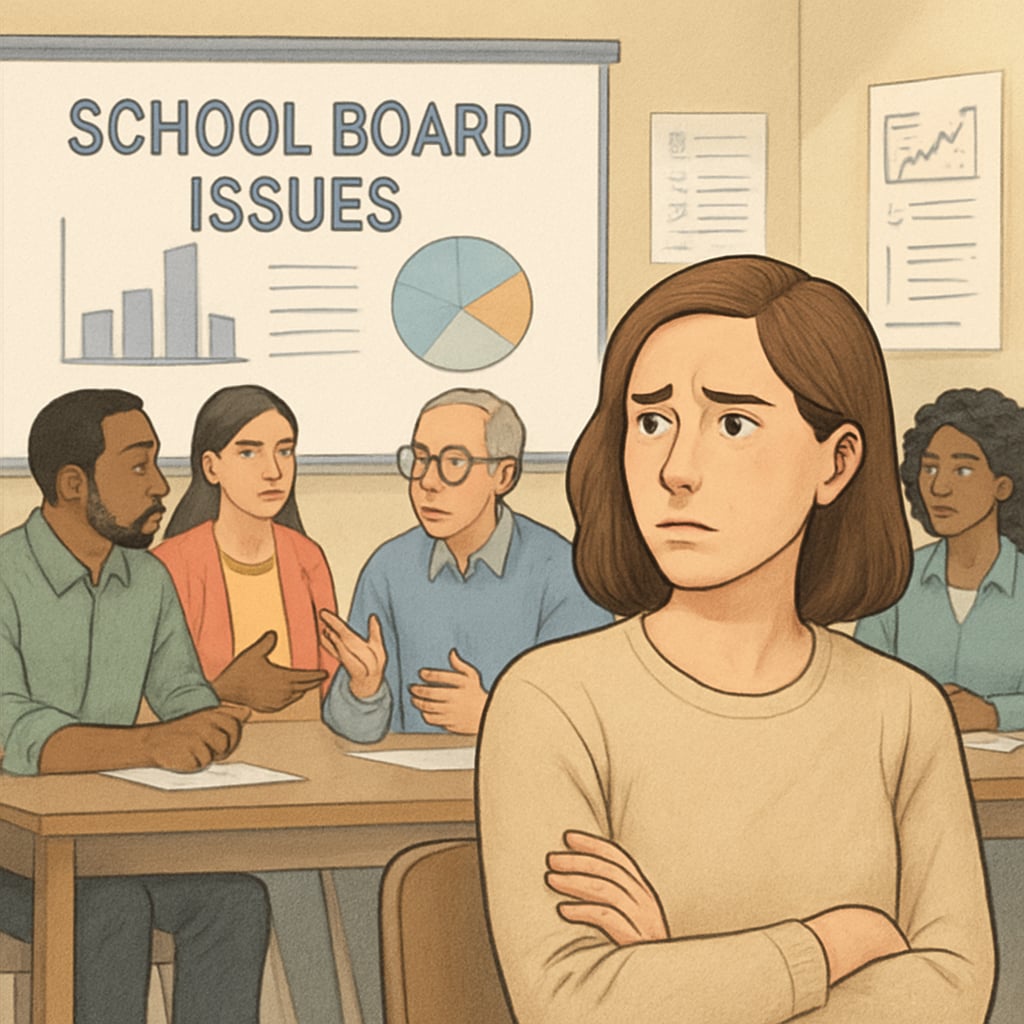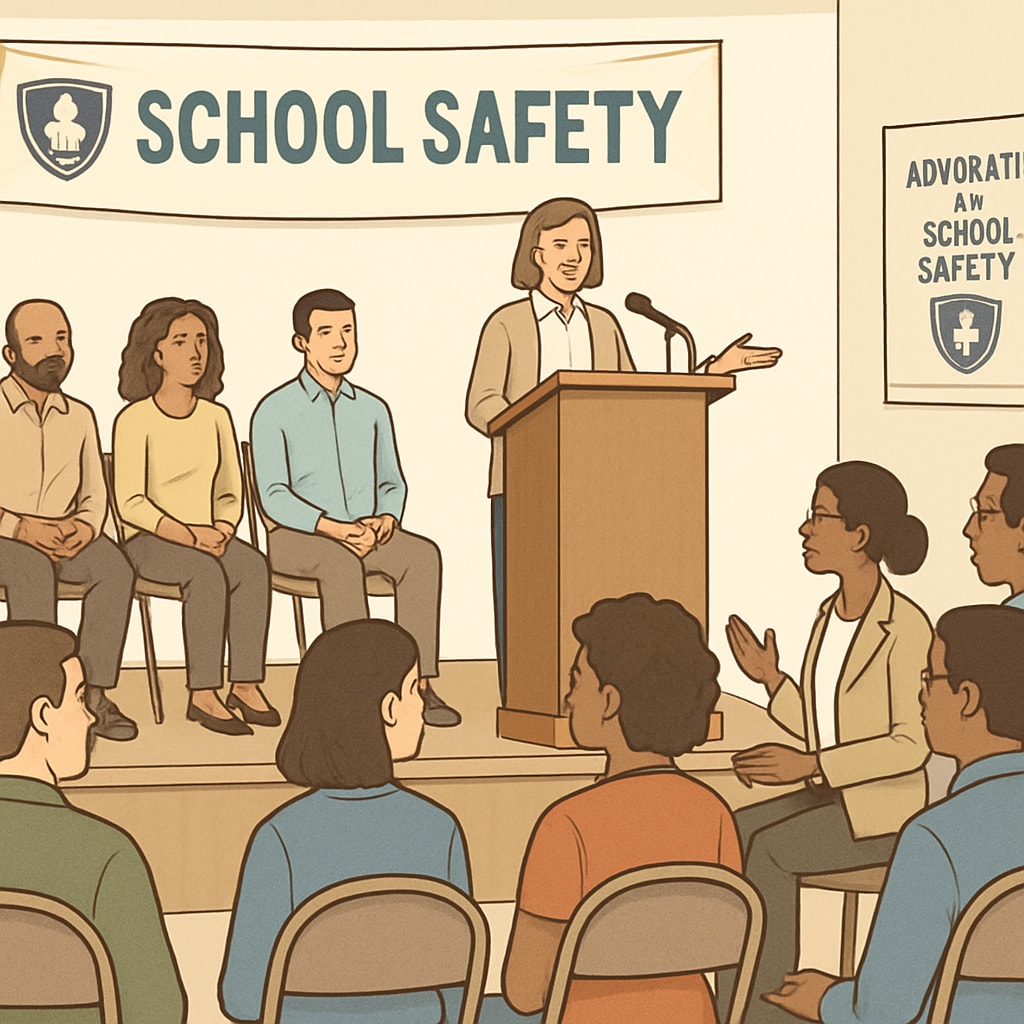The presence of school board members with a history of child abuse has sparked widespread community concerns. Such individuals pose a serious threat to the integrity and safety of educational environments, where children’s well-being should be the utmost priority. Parents and community members often feel powerless in these situations, but there are significant steps they can take to address the issue head-on. This article explores the implications of such board member histories and outlines actionable strategies to safeguard children’s rights and safety.
Understanding the Risks: Why This Issue Matters
School board members hold positions of power and influence, shaping the policies and decisions that directly affect students. When individuals with documented histories of abuse occupy these roles, it can undermine trust and compromise the safety of children. For example, their presence may discourage victims from reporting abuse or create an environment where harmful behaviors are downplayed.
According to Britannica’s article on child abuse, the long-term impact of abuse can be devastating, affecting emotional, physical, and mental health. This makes the involvement of such individuals in educational leadership roles particularly concerning. Children deserve to learn in environments free from fear, and communities must act to preserve those spaces.

Action Steps for Parents and Community Members
Addressing this issue requires coordinated action from parents, teachers, and concerned community members. Here are several steps that stakeholders can take:
- Research and Transparency: Investigate the background of school board members before elections or appointments. Transparency in this process is critical.
- Petitions and Advocacy: If concerning histories come to light, create petitions demanding the resignation of the implicated individual. Advocacy groups can amplify these efforts.
- Engage Local Media: Leverage media platforms to raise awareness and put pressure on decision-makers.
- Legal Channels: File complaints or pursue legal action against individuals who pose a threat to child safety.
- Community Forums: Organize town hall meetings to discuss concerns and strategize collective actions.
By taking these steps, communities can address the problem proactively and work toward creating a safer educational environment.

Preventing Future Risks: Building Robust Screening Processes
To prevent similar situations from arising, schools and governing bodies must implement stricter screening processes for board members. Background checks, psychological evaluations, and input from community members should be standard practices. Additionally, policies should be established to remove individuals from positions of power if evidence of misconduct emerges.
For reference, Wikipedia’s page on school boards highlights their critical role in shaping educational policies. Ensuring that only qualified and trustworthy individuals serve on these boards is essential for fostering safe learning environments.
Communities also need to remain vigilant and hold institutions accountable. It is not enough to react when concerns arise; proactive measures must be in place to prevent harm before it happens.
Conclusion: Protecting Children’s Safety Together
The involvement of school board members with a history of child abuse is a serious breach of trust that demands immediate action. Parents and community members play a crucial role in addressing these concerns and implementing safeguards to protect children. By working together, engaging in advocacy, and demanding transparency, communities can ensure that schools remain safe havens for learning and growth.
Every child deserves an environment that prioritizes their safety and well-being. It is the collective responsibility of communities to ensure that those entrusted with leadership roles uphold the highest ethical standards.
Readability guidance: This article uses short paragraphs, bullet-point lists, and clear transitions for readability. Passive voice is minimized, and active engagement strategies are emphasized.


